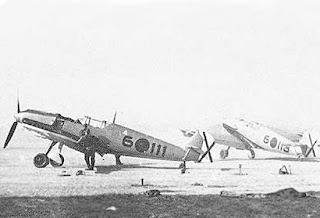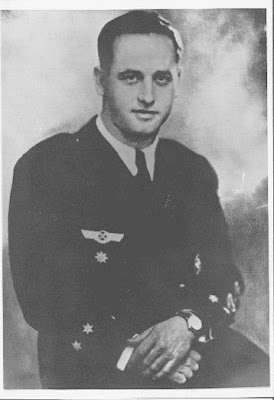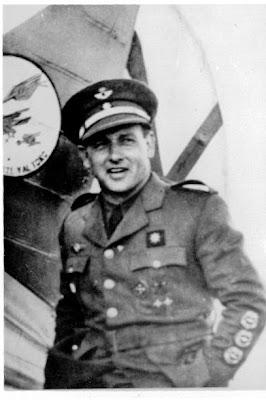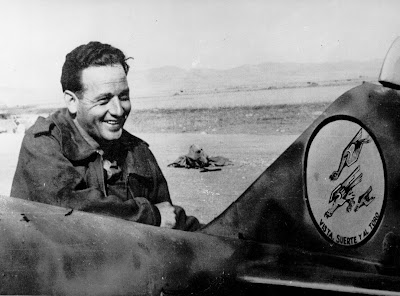Airbus Military and Israel Aerospace Industries join forces on C295 AEW and C Programme
Airbus Military and Israel Aerospace Industries (IAI) are combining forces to jointly develop and market a new version of the Airbus Military C295 platform fitted with an Airborne Early Warning and Control (AEW&C) system produced by ELTA Systems, a wholly owned IAI subsidiary.
The primary sensor of the AEW&C will be the IAI/ELTA 4th Generation Active Electronically Scanned Array (AESA) Radar with integrated IFF.
A Memorandum of Understanding (MOU) to this effect was signed today at the Le Bourget Airshow by IAI Corp. VP and ELTA President, Mr. Nissim Hadas, and Airbus Military CEO Mr. Domingo Ureña. With this agreement, Airbus Military will expand its mission capability to the Airborne Early Warning & Command sector, while ELTA will be expanding its AEW&C fleet to include a turboprop platform.
The C295 AEW&C has been designed to provide high quality 360 Surveillance, creating in real-time an integrated Air and Maritime Situation Picture and Electronic Order of Battle. The AEW&C Situation Picture is shared with friendly forces via Network Centric data links...
C-295 AEW and C
Airbus Military:
14:29 GMT, June 8, 2011 The first Airbus Military C295 development aircraft fitted with an Airbone Early Warning sand Command (AEW&C) rotodome has successfully completed its first flight on 7th June 2011 at Airbus Military’s site in Seville (Spain).
The flight follows extensive research and development work, including wind tunnel testing, leading to the conversion of a C295 to be fitted with the in-house developed rotodome.
The aircraft took off at 17h16 local time (15h16 UTC) and landed at 20h04 local time (18h04 UTC), after a flight lasting 2h48 (wheels off – wheels down). The experimental test pilot Alejandro Madurga captained the flight together with co-pilot Alfonso de Castro, the Flight Test Engineer Juan José Baeza, and the Test Flight Engineer Antonio Ojeda.
The objective of the trials is to verify the aerodynamic and structural impact of the rotodome on the aircraft’s overall structure, handling qualities and performance. The six metre diameter rotodome fitted for the initial trials is a fixed dummy structure. On production aircraft the rotodome would be a fast-rotating device housing a state-of-the-art radar providing full 360 degree and continuous coverage of a selected area.
“This first flight confirmed to us that the C295 is an excellent platform to support such a rotodome”, said Alejandro Maurga after the flight. The behavior of the aircraft and its flying characteristics were very satisfactory and as expected”.
Flight testing will continue during the next three months to complete the feasibility study and fully validate the concept.
Airbus Military’s C295 is an ideal platform for Airborne Early Warning and Control (AEW&C) missions. The C295 is currently used for other Intelligence, Surveillance & Reconnaissance applications such as maritime patrol, anti-submarine warfare or environmental protection missions, to list just a few. The C295 is a simple but robust platform with proven reliability, used in conflict operations for defence and homeland security missions. It is adaptable to the AEW&C role thanks to its versatility and the largest cabin in its class. The in-house developed Fully Integrated Tactical System (FITS) enables the integration of on-board sensors, including operation and monitoring of the future radar system and display of the
aerial picture.
The current AEW&C trials are to demonstrate the C295’s capability in this sector and thereby expand its range of applications. With the C295, Airbus Military has the tool to open up a new market segment for affordable high-performance AEW&C systems
The C295
The new generation C295 is the ideal aircraft for military transport and civic missions such as humanitarian aid, homeland security, maritime patrol, and environmental surveillance. Thanks to its robustness and reliability, and with simple systems, this medium sized tactical airlifter provides the wide versatility and flexibility required for personnel, troop and bulky/palletized cargo transportation, casualty evacuation, communication and logistic duties, or certified air-dropping capabilities. It is fitted with both civil and military technology equipment which ensures success on demanding tactical missions, as well as growth potential for future equipment installation, and compatibility with the latest civil airspace environment. The 295 is part of Airbus Military’s family of light and medium airlifters which also includes the smaller C212 and CN235 platforms.









































